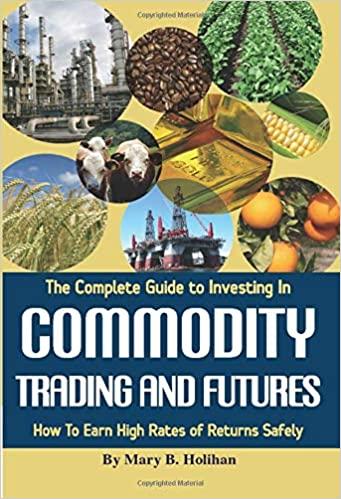Question
1. A stock has the following returns over the past 5 years: 18%, 37%, 10%, -12%, 22%. The sample standard deviation is: 15.00% 36.00% 18.00%
1. A stock has the following returns over the past 5 years: 18%, 37%, 10%, -12%, 22%.
The sample standard deviation is:
| 15.00% | ||
| 36.00% | ||
| 18.00% | ||
| 38.07% | ||
| 16.10% | ||
| 0% |
2. A stock has an average HPR of 7.5% and a standard deviation of returns of 25%. What are the two next most typical returns an investor may expect?
| 0%, 7.5% | ||
| -17.5%, 32.5% | ||
| 17.5%, 32.5% | ||
| -42.5%, 57.5% | ||
| 7.5%, 25% |
3. A sample of asset returns has 7 observations (N=7). Percent expressions are used to calculate the sum of the squared differences from the mean equal to 9,780. Dividing this number by N-1, 9,780/6 = 1,630. Based on this information, the variance of returns is:
| 9,780 | ||
| 1,630 | ||
| 40.37 | ||
| 0.163 | ||
| 0.4037 | ||
| Cannot determine from the information provided |
Step by Step Solution
There are 3 Steps involved in it
Step: 1

Get Instant Access to Expert-Tailored Solutions
See step-by-step solutions with expert insights and AI powered tools for academic success
Step: 2

Step: 3

Ace Your Homework with AI
Get the answers you need in no time with our AI-driven, step-by-step assistance
Get Started


